Iceland – deadly for the careless. Posted by hulda on Mar 12, 2015 in Icelandic customs
It began and ended as these things usually do: Icelanders warning tourists who decide to ignore the warning and then almost die as a result.
Three Finnish cross-country skiers on Vatnajökull met with Björgunarsveitinn, the voluntary rescue units, when one of them fell ill, and knowing there was a huge storm on its way the Björgunarsveitinn did their best to try to convince the two remaining ones to leave on the same ride (link). The Finns refused, thinking they knew already how to deal with snowstorms. To be fair, in Finland they probably would have done just fine, but Iceland is no Finland and their stubbornness nearly killed them when the storm hit them, destroyed their gear and left them sitting helpless in a glacier blizzard.
The two tourists in self-inflicted peril quickly grew into one of the main topics of the whole weekend because things like these happen all too often and Icelanders are both getting fed up with it and at loss at how to stop this kind of thing from happening over and over and over again.
Here a storm does not mean that you just dig yourself in a snowbank and wait it out – with winds like ours digging yourself into snow won’t even be an option. A glacier storm in particular is something you shouldn’t toy with and confidence in cold climate survival will easily be your death; the only thing you can do in Iceland when you know a storm is coming is to go indoors, close the door and not venture out again until things stop flying around. That’s not a joke, things do fly around. In some areas the things flying around are large rocks and pieces of asphalt stripped off the road by the wind.
Strong winds in Iceland toss cast iron garden furniture around like nothing. They chill you to the bone so fast that if you’re lost in the highlands, especially on a glacier, you may end up as sadly as the Swedish tourist who ventured onto Sólheimajökull alone just a few years back to take a few quick photos, got caught in a glacier storm (they can rise in a matter of minutes), got lost, fell into a crevasse and froze to death before help got to him. When you’re out in the wilds the rescue units can only hope they’ll find you in time but alas there’s no guarantee they will, or even that they’ll ever find your body. Even if you’re eventually found it may be too late for you since it can take many hours to even get to the area where you went missing and bad weather will make searching for you even harder.
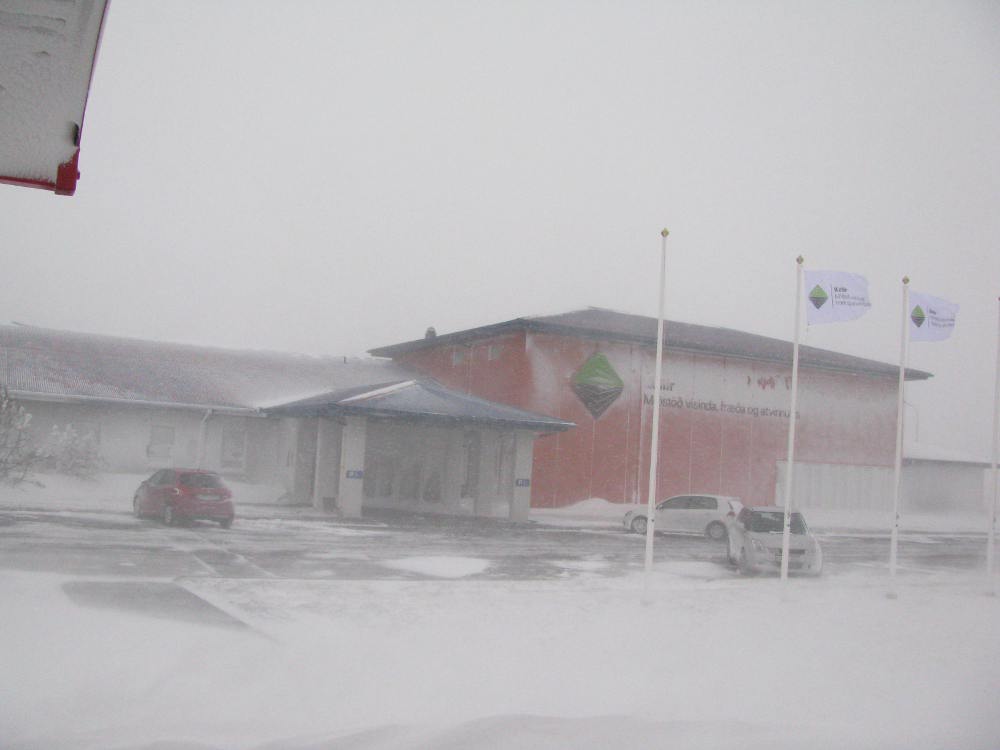
If you end up walking in one of these storms the wind feels like it blows right through you. There’s no cover anywhere.
There are already web pages that try to inform people of the many dangers of Icelandic nature but especially with the recent boom in tourism it seems people don’t even glance at them. You’ll find tourists being swept into the ocean, having their car blown off the road, driving off the road because of ice, driving on to closed roads (never mind the signs and chains that say the road is closed) and then getting stuck there, in danger due to ignoring every warning they’ve received – these stories never end…
Tourist dies in Iceland cliff fall (link)
Missing Tourist Died from Exposure on Glacier (link)
New Search Prepared for Missing German Tourists (link)
American tourists stuck on an iceberg after deciding to have a picnic on it (link)
Tourist Saves Family from Icy Death (link)
Searching for Ido – the man whose memorial now stands on the Laugarvegur hiking trail (link)
Tourist Rentals Pelted by Rocks, Cars Fill with Snow (link)
Danger! Danger! – or the tourist who said: “Am I maybe doing something I shouldn’t be doing?”(link)
Tourists Endanger Themselves at Gullfoss (link)
Tourists Put Themselves in Grave Danger at Glacial Lagoon (link)
Tourist Wades into Reynisfjara for Better Pictures (link)
Tourist Family Laughs as Their Son Freezes (link)
You know how long it took me to find the links above? 15 minutes of googling after which I simply decided to stop, somewhat overwhelmed at the sheer amount of deaths, damage and danger that could all have been easily avoided.
The worst? Whenever people end up in trouble the voluntary rescue units are sent after them, therefore just one person ends up risking the lives of many more. The two Finns called for help on Friday, and the nearest rescue unit center sent a group of people who otherwise would have spent a leisurely Friday evening after work into an absolute blizzard, knowing they were getting the same guys who had refused to leave just one day before. The unusual element of the story is that the Finns actually paid some part of the rescue (link) but usually these rescues are completely free of charge regardless of whether or not you’re in trouble because you deliberately put yourself in it.
Iceland has no army or a rescue unit outside of the voluntary ones. Björgunarsveitinn funds itself by donations and selling things such as campaign key chains, fireworks at New Year and so forth. The units consist of trained workers who largely pay for their own equipment and gas. Everybody knows why these people are worth more than their weight in gold and it would be the underestimation of the year to say that Icelanders appreciate them – we absolutely love them and hold them in huge respect.
It’s no surprise many wish to change the system that puts these people at unnecessary harm at their own cost. Since Icelandic law does not allow you to physically restrain anyone (no really, you’re at full liberty of getting yourself killed by the nature here), typical suggestion seems to be that if you endanger yourself deliberately you should pay for your rescue yourself. Personally I would vote for this in a heartbeat.
Web pages you should definitely read when traveling here
Safetravel.is (link)
Vegagerðin for road conditions, important all around the year (link)
Veður.is for weather (link)
Iceland warnings and dangers at Virtual Tourist (link)
I Heart Reykjavík’s wonderful article which explains why the rules here are what they are (link)

Build vocabulary, practice pronunciation, and more with Transparent Language Online. Available anytime, anywhere, on any device.
About the Author: hulda
Hi, I'm Hulda, originally Finnish but now living in the suburbs of Reykjavík. I'm here to help you in any way I can if you're considering learning Icelandic. Nice to meet you!



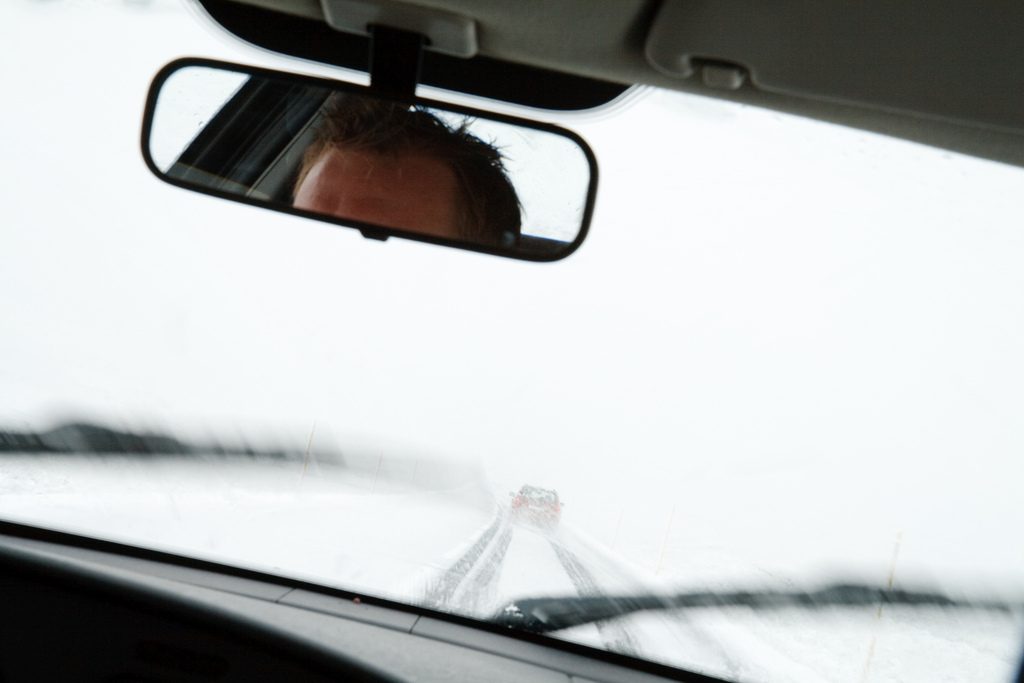
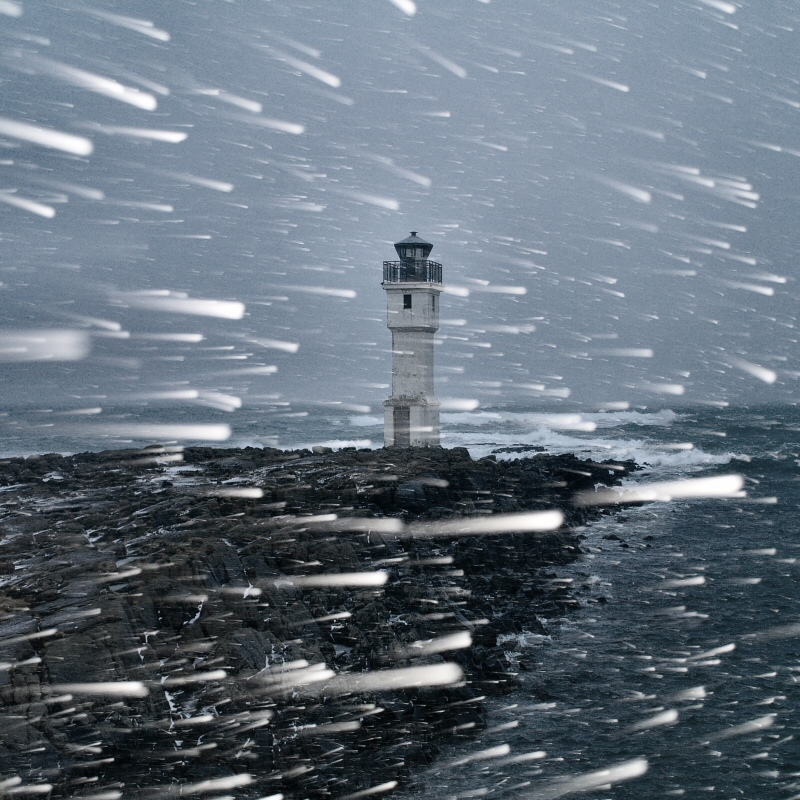

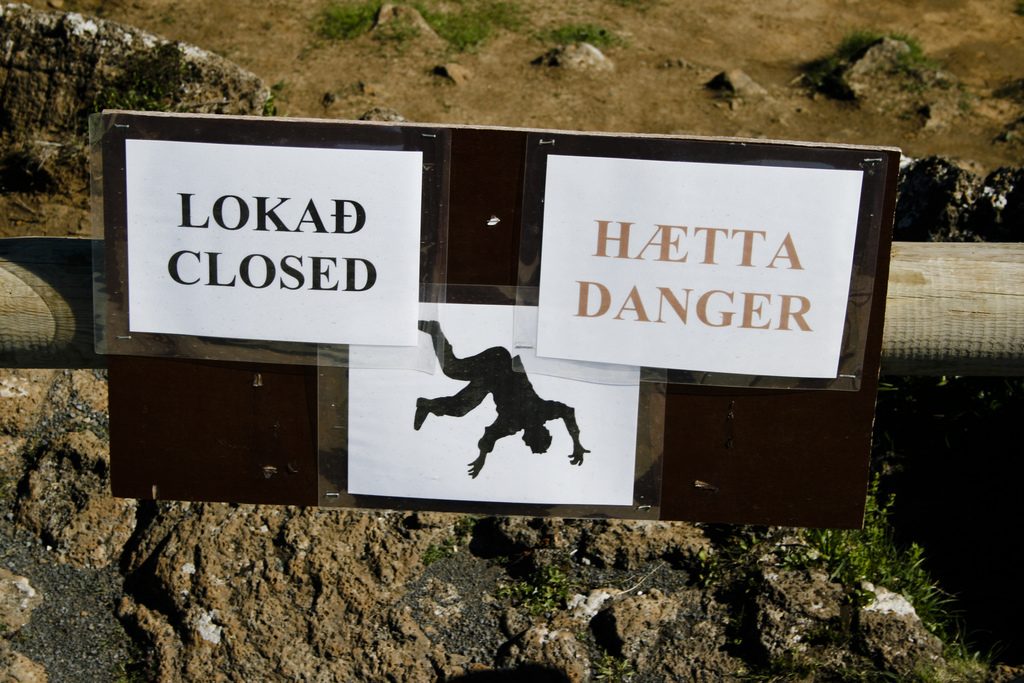
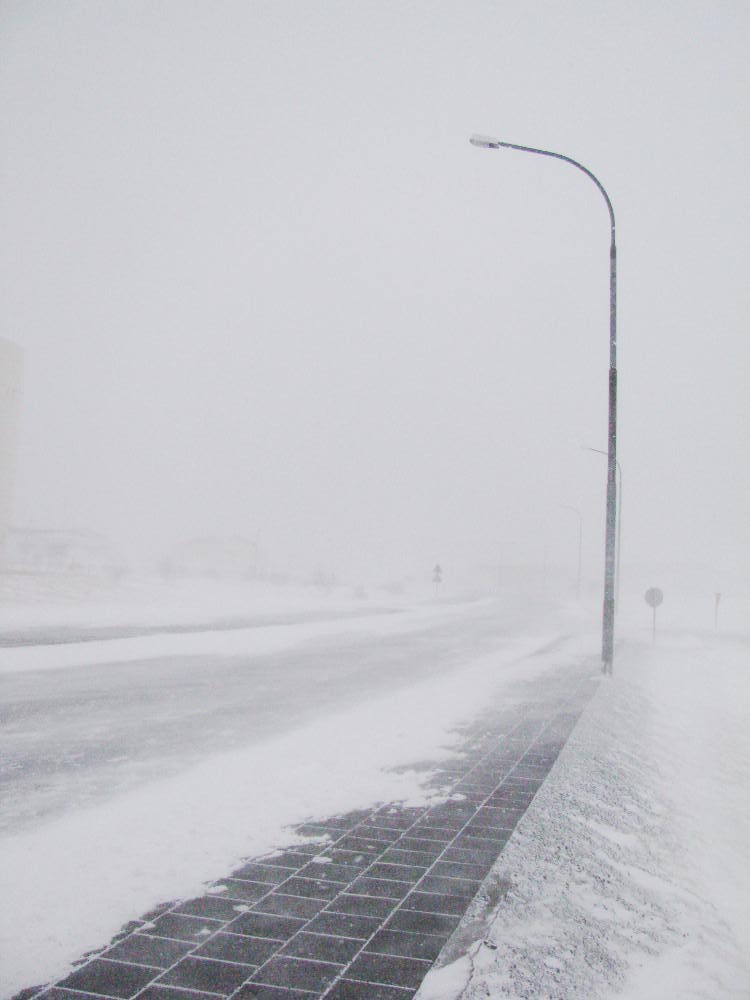

Comments:
Delbert Highlands:
Thank you Hulda!
Enjoyed your article much!
I am planning on visiting Iceland at some point and I appreciate the warnings.
Also I was curious as to what my name might look like in Icelandic as I have recently found out I have this heritage.
First Name : Delbert
Last Name : Highlands
hulda:
@Delbert Highlands Hello and welcome! I’m glad you liked the post. 🙂
Delbert is a bit of a difficult name to match with an Icelandic one since very few Icelandic names begin with De-, but there’s f.ex. Dalbert (dal = valley, bert = bright) that could work. Icelanders don’t use surnames but if you already have one you can definitely keep using it, so yours would stay Highlands.
Tammy Delbruegge:
I just returned from Iceland and was absolutely amazed at the risks I saw young people taking for photo opps…stepping over ropes and walking right past signs that warned of dangerous conditions…walking into areas where a slip could send them into churning waters where there would be no chance for rescue and recovery would depend on locating the body before it made its way to the ocean.
hulda:
@Tammy Delbruegge Sadly we get these tourists a lot and as a result, they die here often… even this summer there have been many dangerous situations and sad stories regarding travelers. There just seems to be a type of a tourist who thinks nothing can harm them (up until the moment when something does, in fact, harm them).
Selka:
@Tammy Delbruegge It’s actually quite amazing that more tourists don’t die.
Pernille:
Hi Hulda,
Thanks for an interesting read.
Is there a way to contact you (mail or phone) to bounce some ideas for a movie about the subject?
We are a Danish / Icelandic team working on a movie and It seems you have some good inside information.
hulda:
@Pernille I’m really sorry, I almost missed this comment! I hope my reply doesn’t come too late, but just in case I can still help out my email’s icelandinmymind@gmail.com. Sounds like quite an interesting project. 🙂
lara:
Hi great article. I found it in our recent visit to Iceland because we saw so many stupid things we were curious to google how many people die. Not only ignoring safety warnings but ignoring rules that protect your environment. I said something politely to one American and I said that Icelanders prefer you not to damage their moss and walk all over it off the path. He answered he did not read anything ( I think he really didn’t read anything!) and thought in Iceland “you can do what you want when you want” !! Some of it was so bad my husband was thinking of writing to the tourism board and suggesting they start fining stupid and arrogant tourists. Of course some of us are still sensible and respectful in your beautiful country.
hulda:
@lara It’s understandable that people don’t realize how important protecting the moss in Iceland is, but it really is important and once damaged the moss takes hundreds of years to heal. Damaging it is a very fast way of getting the locals REALLY angry at you… -.- It’s good if people can spread information about this, the more people know the better.